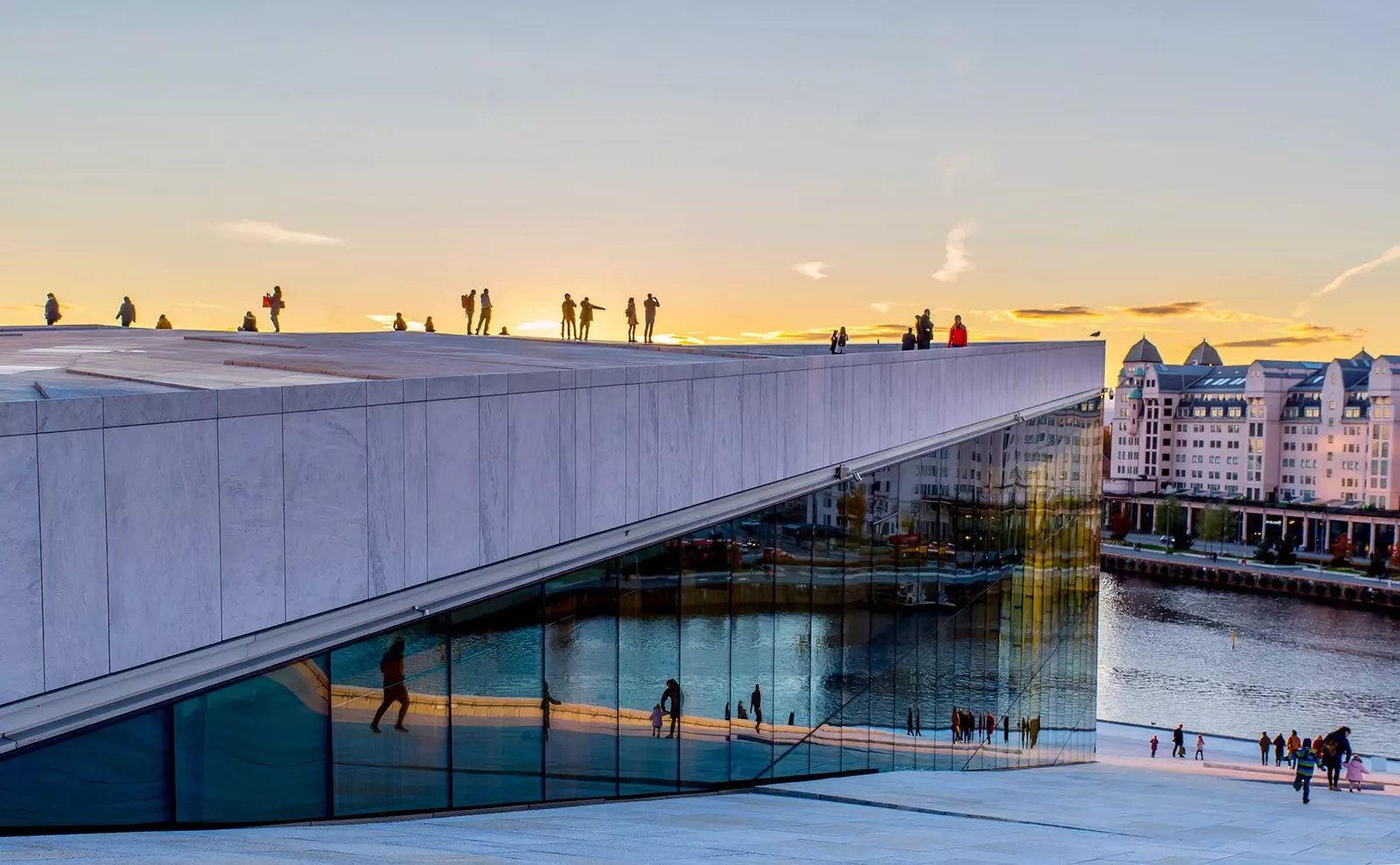
Oslo, the city that lives, works and dreams in green
Ecological, organic and sustainable , there is no one who takes the lead in caring for the environment. That's why Oslo has been named European Green Capital 2019 . This is what you should not miss to follow its eco-friendly trail.
It has been his heightened environmental awareness, his tireless battle against climate change and its efficient urban planning. Also his mastery to solve the traffic and pollution problems that haunt all cities. And his ability to dream of a more placid life , without noise, without tension, emotionally linked to the natural environment.
For all this and much more, Oslo is already the European Green Capital 2019. An award that makes it a worldwide mirror in which to look at oneself.
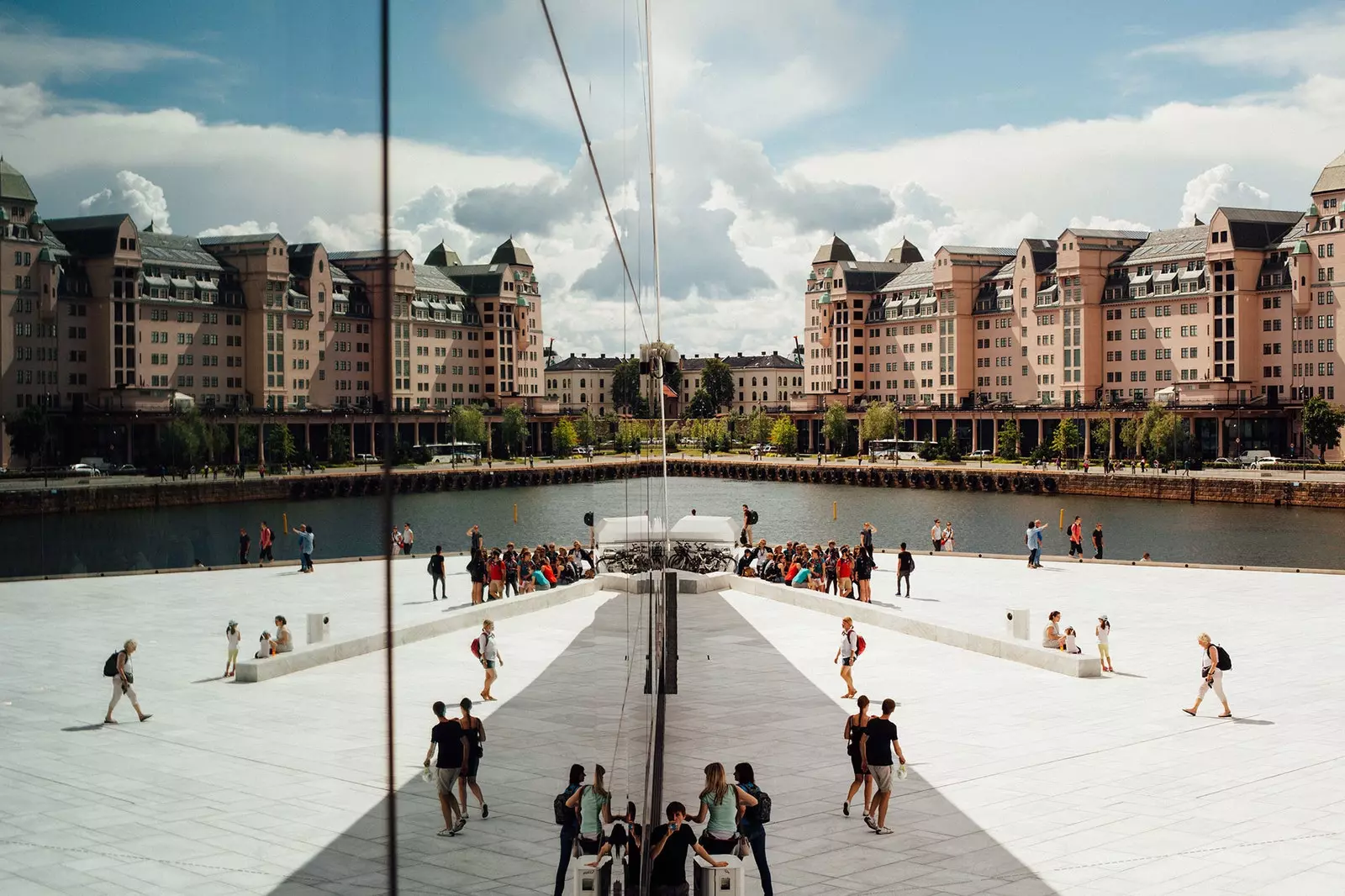
Oslo, more than ever, a mirror to look at
Kind, dynamic, managed as a grandmother would say to make up for her discreet beauty, the city that is famous for its exemplary welfare and equitable prosperity It has been dedicated for years to establishing itself as a benchmark for green.
With the development of technology and innovation, with policies on biodiversity, with improvements in public transport... And, above all, with efficient and creative measures for the integration of citizens.
As the capital of a country blessed with marvelous nature, Oslo was quick to understand that the future could only present itself cleansed , and that happiness, in the Nordic sense of the word, passed for being sustainable.
And for this, it was equipped with large open spaces, orchards that dot the urban landscape and a new batch of markets, shops and restaurants that are committed to ecology as a commandment of life.
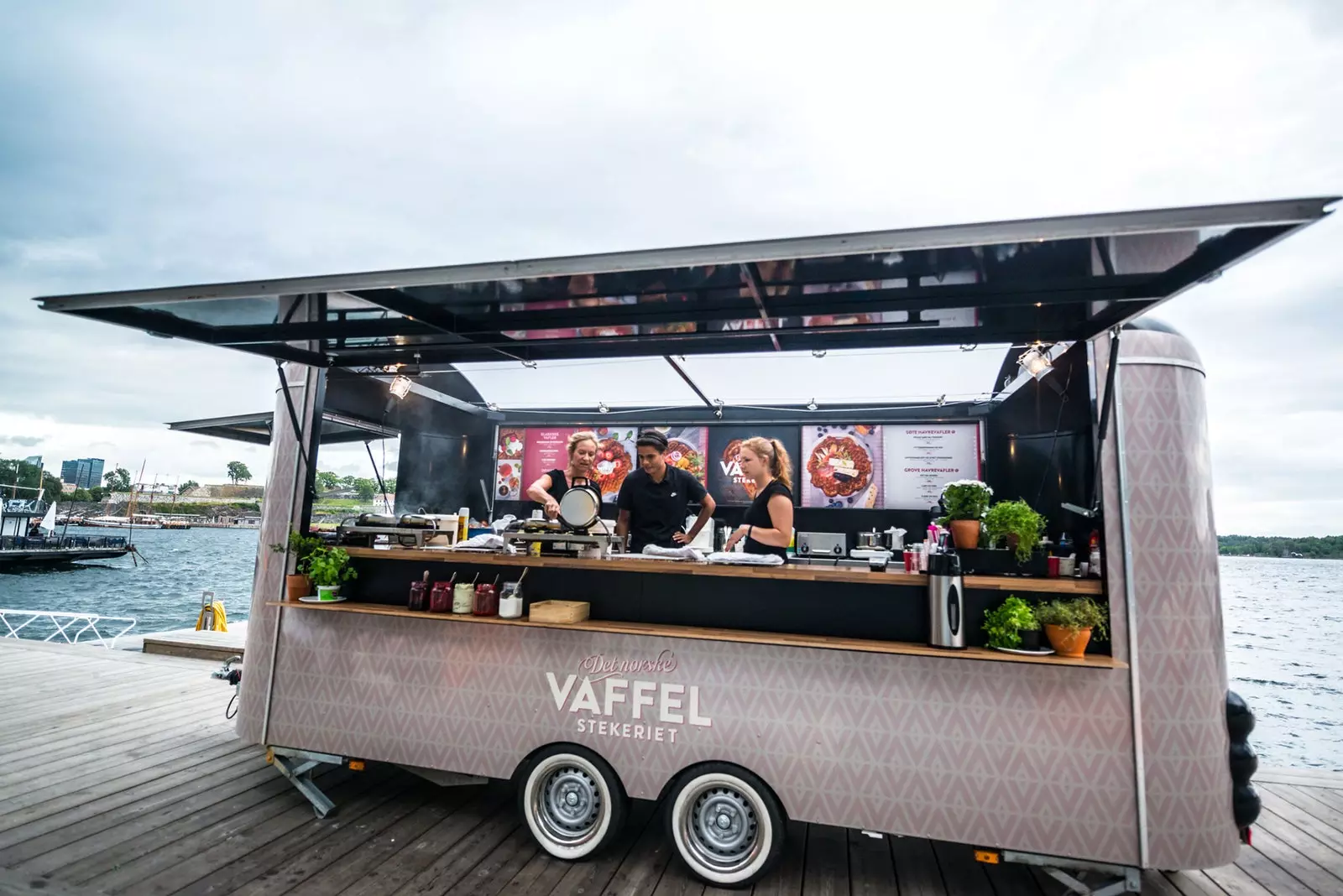
Always under the open sky, trying to spot the landscape of places with life
THE FIRST CITY WITHOUT CARS
It may sound like a false prophecy but the truth is that this is the goal of Oslo for the year 2020 . The central part, the urban nucleus, One hundred percent will be allocated to the use of pedestrians and will remain closed to vehicles. This will make the Norwegian capital the first pedestrian city on the planet.
Step by step, yes. for now traffic has already been limited and facilities have been created to encourage cycling (cycling stations, showers at work...) .
In a city where, from the center itself, you can get to skiing in the surroundings by metro, fumes are not welcome . For this reason, greater prominence has been given to the fresh air that is breathed in the parks and gardens. Today, of the 454 km2 that make up this metropolis, two thirds are green spaces.
No-cars, of course, equals no-parking . So there has been no choice but to use the imagination to recycle the old spaces, huge and monstrous as standard, in original urban elements . This is what has happened, for example, in the akershus fortress with an old parking ticket machine: now it is a WIFI speaker , with which you can listen to music in the middle of the street.
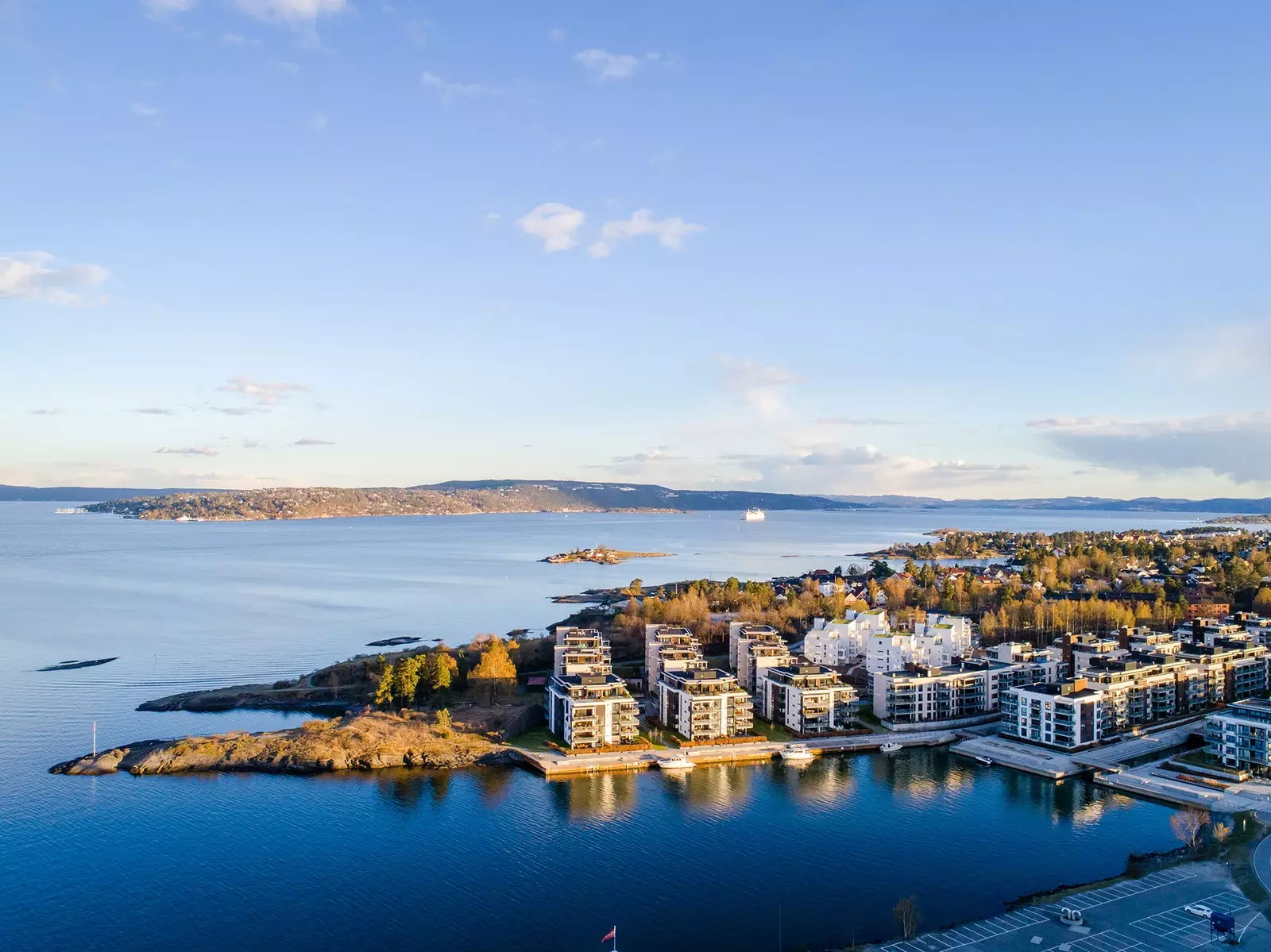
Akershus in Oslo
OIL VERSUS ELECTRIC MOBILITY
Similarly, the idea is that in the authorized areas of Oslo only circulate with electric cars , something not unreasonable if we take into account that Norway is the European country that has the highest number of these vehicles per capita .
The key is to convince citizens that going green only has benefits: no toll or parking , you can drive in the taxi lane and it is easy and convenient to refuel at the multiple electric pumps scattered around the city.
Also exist ambitious plans regarding applied sustainability in public transport . Starting with the taxis , of which some 53 are already electric, and ending with ferries, which are also expected to adopt this modality.
All this in order to meet two objectives: that by 2020 carbon dioxide emissions be reduced by 50%; and that in 2050 this figure is reduced to zero.
That Norway, which is a giant oil producer, becomes an electric country, it is something that is extraordinary.

That Norway, which is a giant oil producer, becomes an electric country, it is something that is extraordinary
TURN EYES TO THE SEA
This is what has been done in recent years in what has been called ** Fjord City .** A project that has allowed the fjord to be opened up to the city. Oslo no longer turns its back on the ocean . Where before there was industry and a noisy highway, today there are restaurants, gastromarkets and architecture studios such as Snøhetta, author precisely of the famous Opera with which the architectural renovation began.
This area, called Bjørvika utvikling , brag about sustainable materials, clean energy, low impact buildings (wonderful so-called barcode which, by having space between them, simulate a barcode) and boost biodiversity with the creation of artificial reefs.
And beyond innovation, it also boasts of art and culture which, in addition to being an icon of the city, will host the Edvard Munch Museum and a dazzling library.
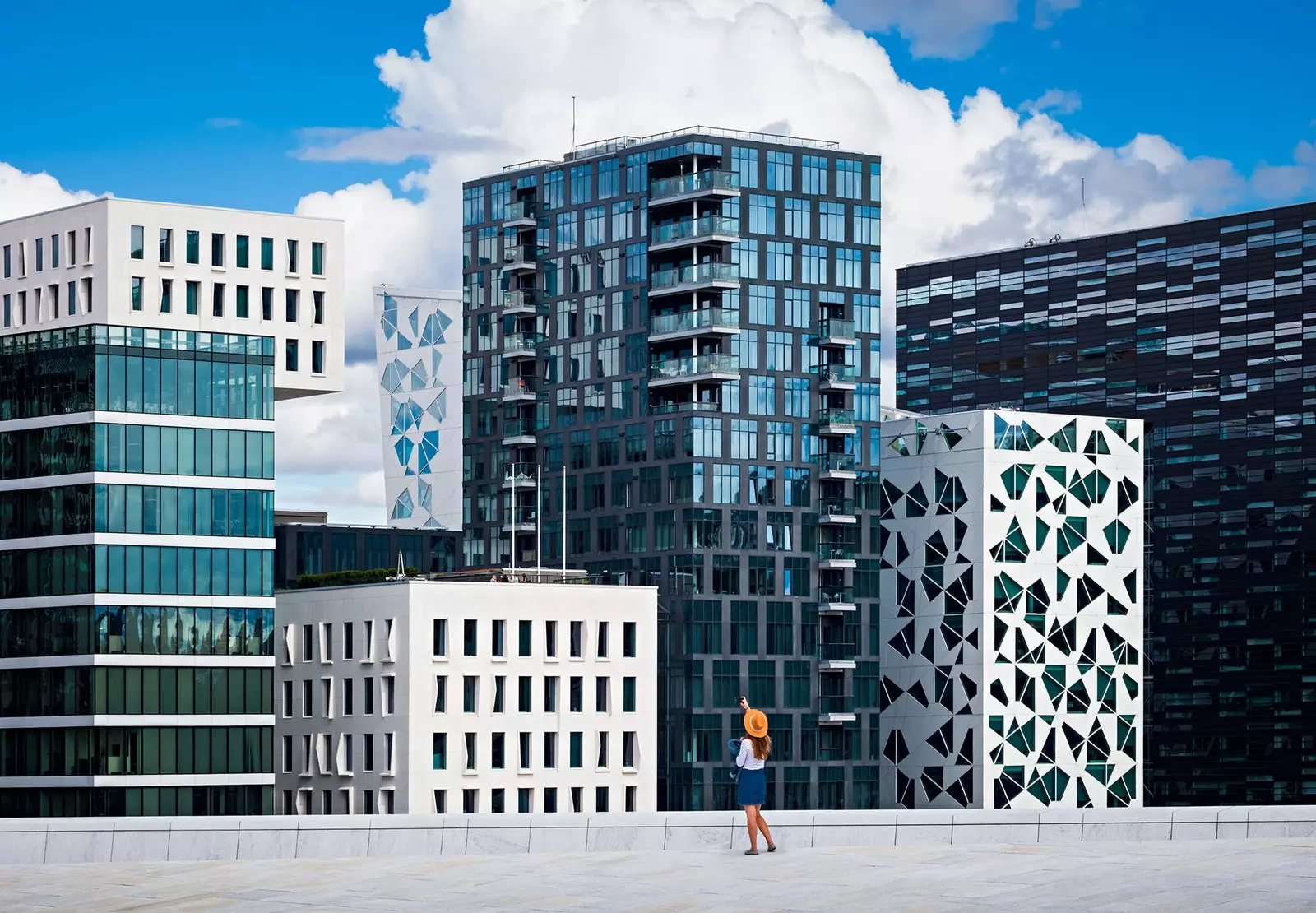
barcode project
MOM, I WANT TO BE A FARMER
In the metropolis, which is the paradigm of what is eco-friendly, there where the green makes a hole between the asphalt (there are even rooftops where vegetables are grown), there is also a commitment to sustainable agricultural practices that promote a return to the past.
Like the one that takes place in Losæter , not far from the central station, with community land allocations , a grain field, fruit trees, a public bread oven and the first urban farm in which everyone can participate.
But if there is a neighborhood that exhibits ecological awareness like no other, this is Grünerløkka , the fashion district. A very popular place for hipsters (flea markets, vintage shop windows, street art, cool cafes, colorful terraces...) that has managed to put into practice its own concept of innovation.
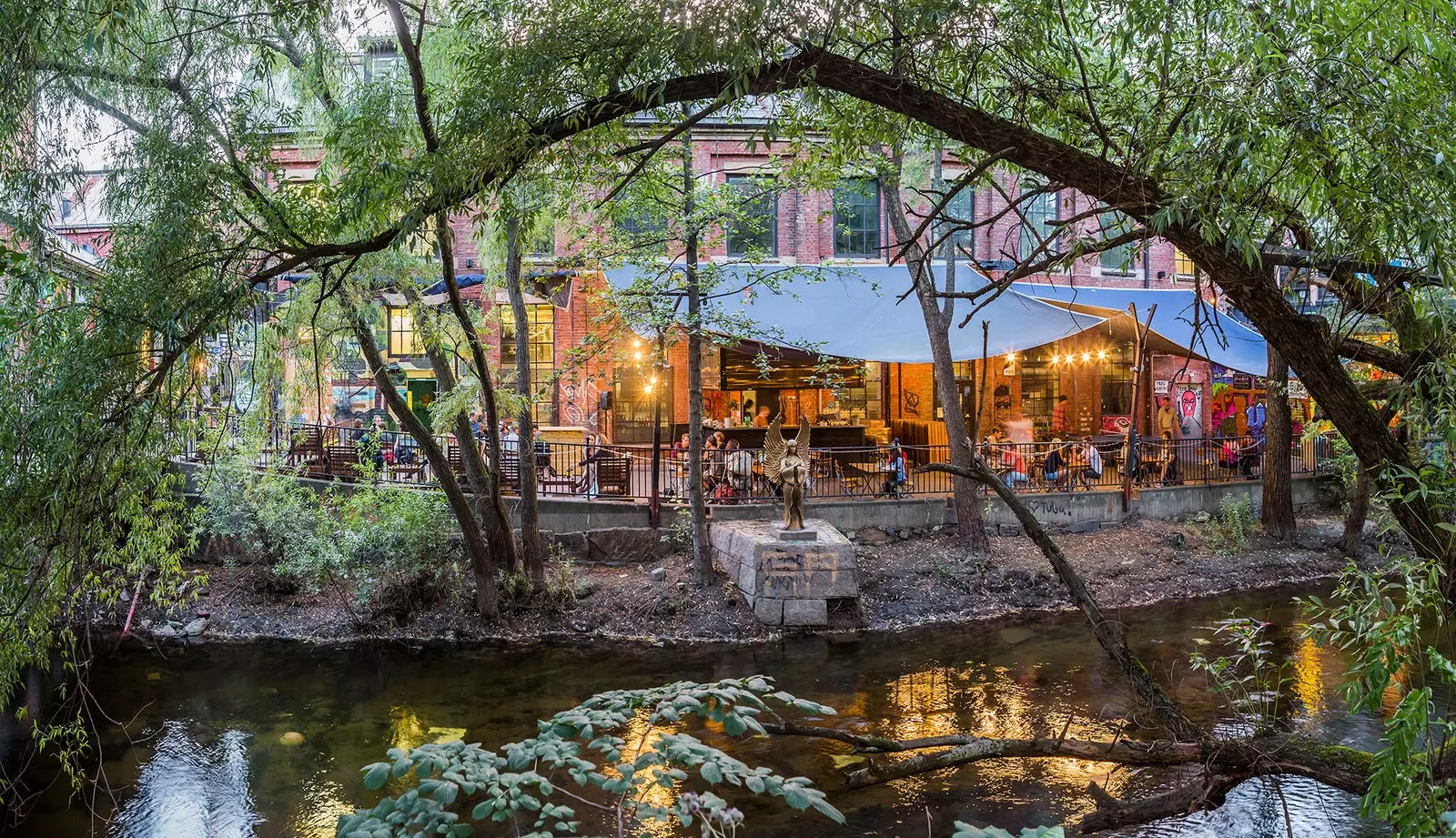
Grünerløkka, the fashion district
‘DOG PARKERS’ AND URBAN BEEHIVES
Within Grünerløkka, **Vulkan is a laboratory of ideas**. As proof are the dog parker _(sic) _, in which leave the pet in a kind of cubicle with light and heating while the owner does the shopping . But beyond such unusual curiosities, this area stands as a sustainability model.
How? With self sufficient energy based solar panels in all the buildings, geothermal feed Through a deep well and hotels that recycle energy from elevators and the refrigeration system.
There are also the urban hives, two large panels to develop beekeeping, again designed by Snøhetta . Rich honey for the European Green Capital 2019.
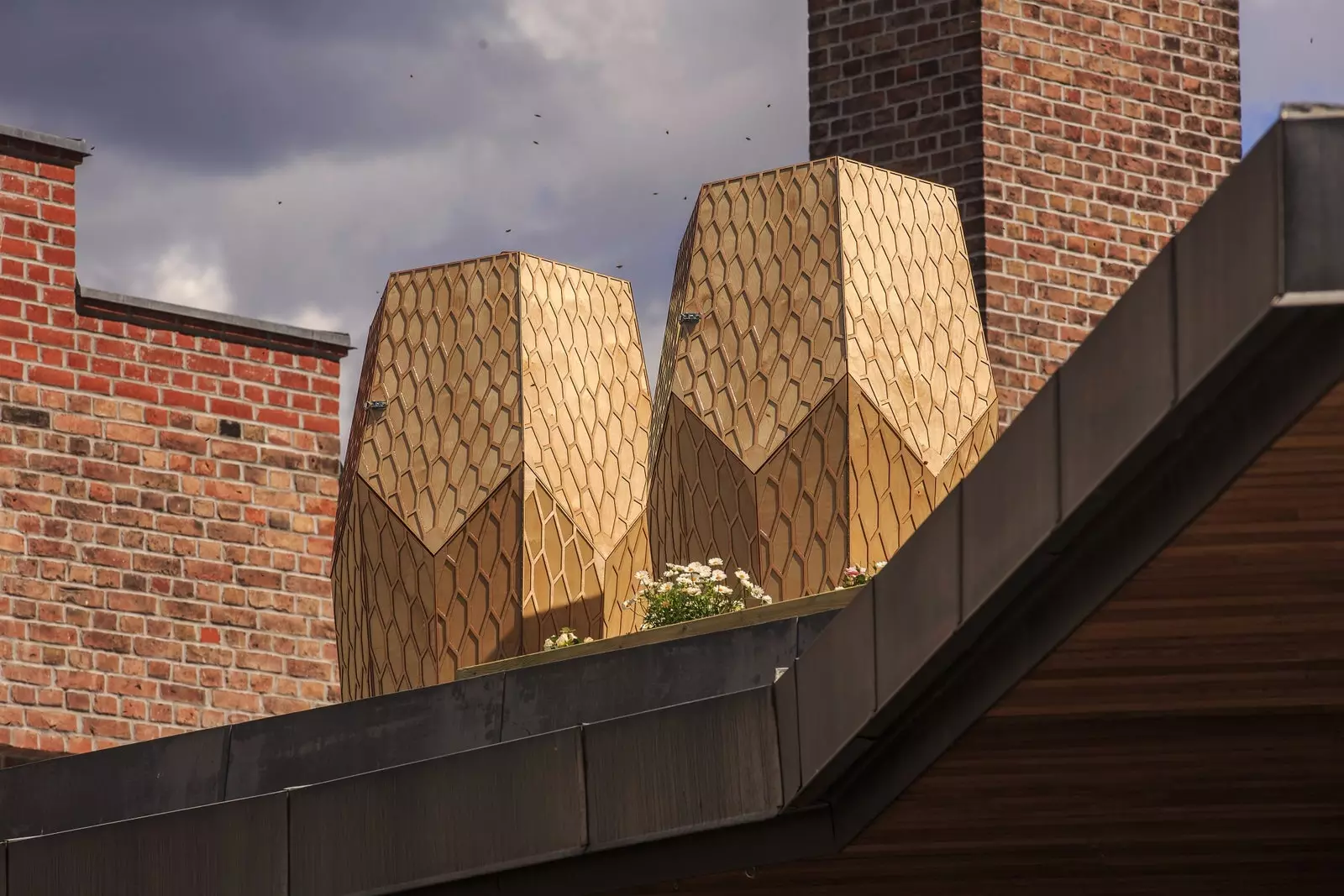
Snøhetta, rich honey for the European Green Capital 2019
